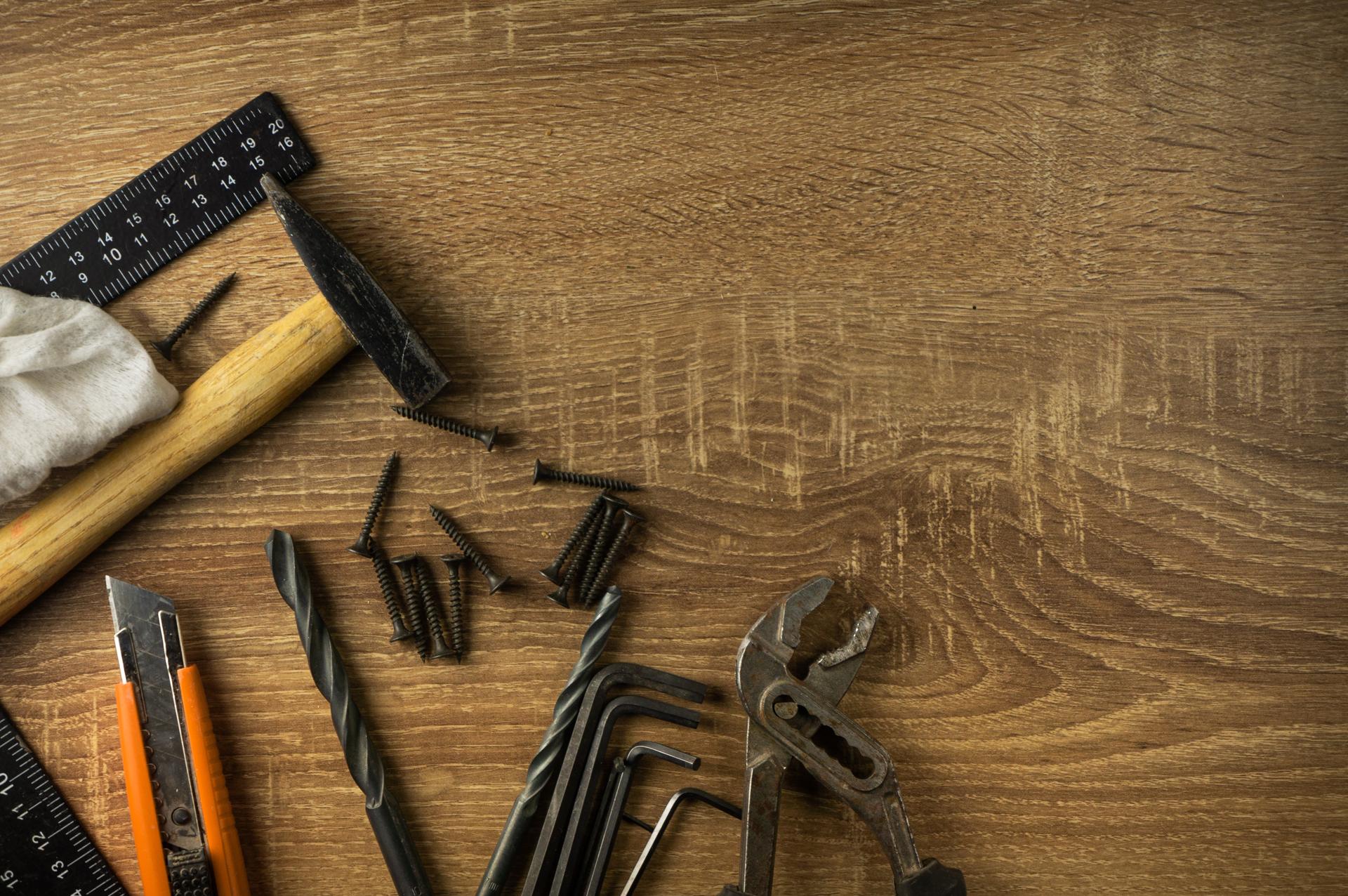Don't Call a Plumber! Learn How to Fix Frequent Plumbing Issues Yourself

Plumbing systems are an essential element of any household. If they are not maintained properly they could become a source of many problems that can lead to frustration and costly repairs.
There are numerous advantages of learning to resolve small plumbing problems yourself, like saving money and gaining important skills. This article we’ll examine common plumbing issues and the DIY methods to fix these issues.
Common Plumbing Issues
Dripping Faucets
Dripping faucets aren’t only irritating, they also use up a large amount of water over time. The most typical cause of the faucet to drip is a worn washer, or an O-ring. To resolve this issue shut off the supply of water for the faucet. disassemble the handle, and then replace the damaged washer or O-ring.
Running Toilets
A toilet that is running is another common plumbing issue that can cause water to be wasted. The most common reason is a defective flapper valve that isn’t sealing correctly, allowing water to leak from the tank to the bowl. To fix this issue, turn off your water source to the toilet. open the lid from the tank, and alter or replace the flapper valve.
Clogged Drains
The cause of blocked drains is by a variety of factors, including hair, soap, and food particles. To fix this issue you could try using either a plunger or drain snake to clear the clog. Alternately, you could make a mix of baking soda and vinegar to dissolve the clog.
Low Water Pressure
Low water pressure is often caused by a number of causes, including mineral buildup in the pipes or a faulty pressure regulator. To fix this issue, you can try cleaning the aerator or replacing the pressure regulator.
Tools Needed for DIY Plumbing
For DIY plumbing, you will require some basic tools like a plunger, adjustable wrench pipe wrench Teflon tape and screwdriver. The tools you have on hand can make it much easier to fix minor plumbing issues.
Tips to be Safe when doing your own plumbing
Security should be top of mind when making any plumbing repair DIY. A few safety tips to keep in mind include shutting off the water source prior to starting any repairs, wearing gloves and safety glasses, and keeping a first-aid kit nearby in case in the event of an emergency.
DIY Plumbing Techniques
For fixing common plumbing problems it is necessary to know some DIY plumbing techniques such as how to turn off water flow or repair a leaky faucet, how to fix the issue of a toilet that is running and how to clear a drain, and how to increase water pressure. These techniques can save you time and money on small plumbing repairs.
Conclusion
In the end, knowing how to fix small plumbing issues yourself is beneficial in various ways. Not only can it save you cash, it could also give you satisfaction and valuable skills. But, for more substantial plumbing issues, it’s always recommended to contact a professional plumber.
FAQ
Can I fix a plumbing problem myself?
Yes, you can repair minor plumbing issues yourself by learning basic plumbing skills.
Are there any common plumbing issues?
The most common plumbing problems are dripping taps and toilets that run blocked drains, and low water pressure.
What tools will I require to do my own plumbing?
There are a few important tools, such as the plunger, an adjustable wrench, pipe wrench, Teflon tape, and an screwdriver.
Is DIY plumbing safe?
DIY plumbing is secure if you adhere to safety guidelines and take appropriate steps.
What is the best time to call for a licensed plumber?
It is recommended to contact a professional plumber for plumbing problems of a serious nature that require special equipment and experience.
